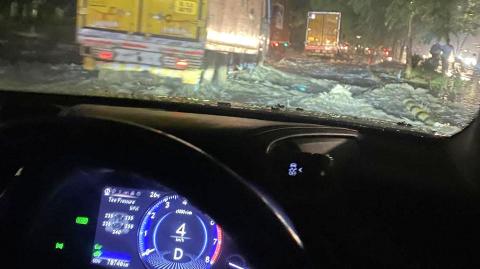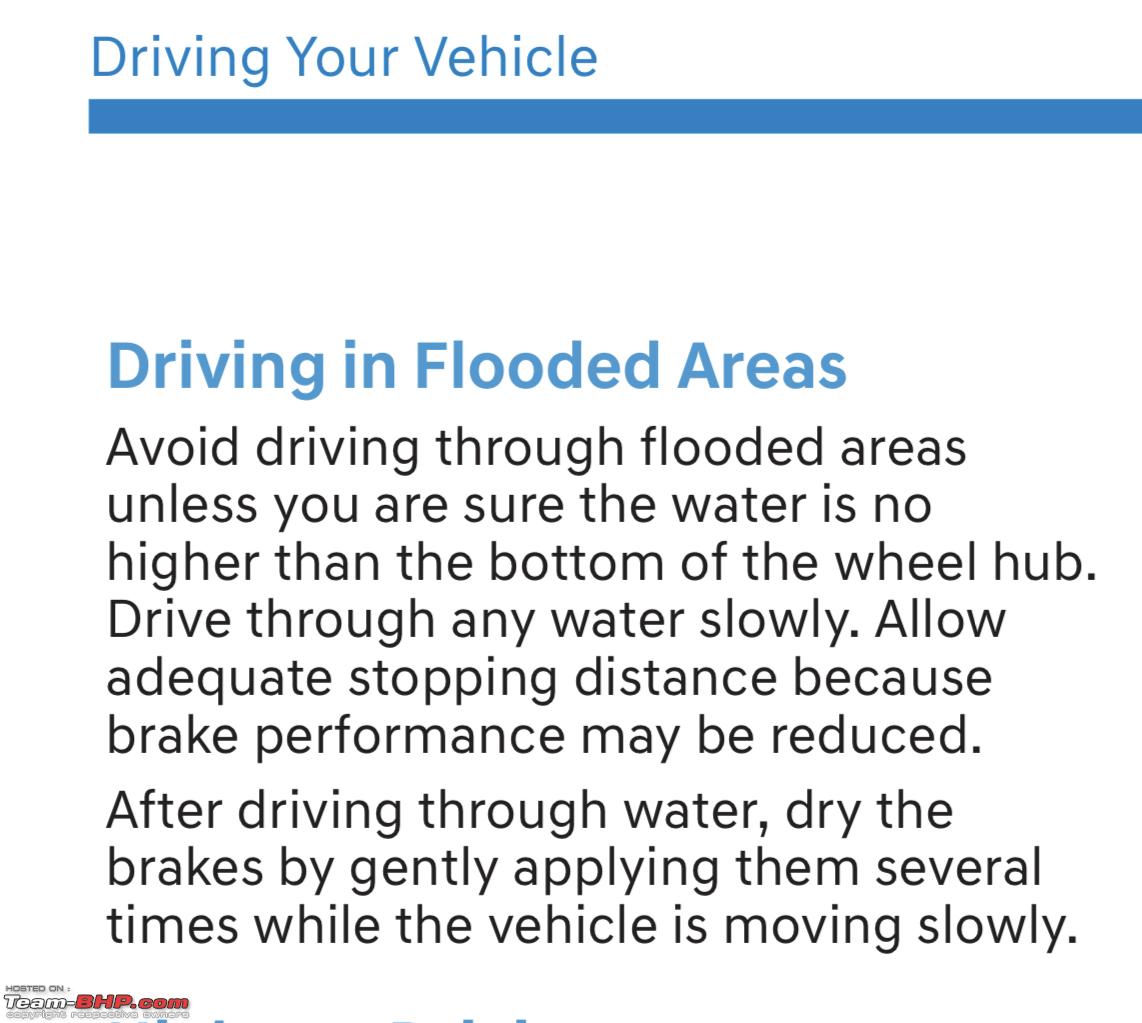What if I am driving through mild floods, let’s say in a Maruti Grand Vitara or Toyota Hyryder, and the car moves to the “EV” mode, switching off the engine?
Ambrish Khosla drops in this query via our share page!
I have a query due to the flood-like situation in North India.
In ICE cars, it is recommended to maintain some accelerator input when driving through mild floods (so water doesn’t enter the exhaust pipe). In cars with idling start / stop systems, it is recommended to disable the idling start / stop in flooded areas.
But what about Hybrids like the Grand Vitara & Toyota Hyryder? What if I am driving through mild floods and the car moves to “EV” mode, switching off the engine?
I believe they don’t have a way to disable “EV mode”?
Please share the best practices as hybrid looks like the near future before the EV wave hits India.
Thank you.
Here’s what BHPian Rovergen had to say about the matter:
I come from Gen 3 Prius and think it should be the same for Hyryder. At slow speeds, it starts with the battery and moves to IC when you speed up. In case the battery is charged sufficiently then you have a button for EV-only mode.
I guess you have no option to cut off the hybrid battery and run only on IC unless your Hybrid battery is totally dead or you get the triangle of death which leads to slow mode.
Here’s what BHPian MotoBlip had to say about the matter:
I’m not acutely aware of the switching characteristics of a hybrid car, but if there’s enough juice in the hybrid battery and it has to navigate through a flooded road, won’t switching to EV mode actually be a better option? The chance that the engine suffers a hydrolock would be minimal if not zero. Obviously, this is assuming that the electrical system and the e-motors have some sort of water ingress protection which they usually do since they are extensively tested by OEMs. In any case, it’s best to avoid flooded roads altogether regardless of a car’s powertrain, specifically speaking of Grand Vitara/Hyryder, as long as water does not enter the cabin/boot, I think the hybrid battery won’t sustain any damage.
Found this video online by Toyota, which says the HV system is disabled during a flooding situation, which should mean that they will probably behave like any other ICE vehicle on the road, right?
Here’s what BHPian Jeroen had to say about the matter:
I would be interested in hearing what the various owner manuals have to say about this topic! Maybe we should hold our opinions and suggestions until we have read the manual.
I know it’s a tall order because somehow most Petrolheads don’t seem to read manuals. But I would appreciate it if some of our members could dig up the owner manuals of their hybrid and or EV to see what it says if anything at all.
Here’s what BHPian NomadSK had to say about the matter:
This is what the manual of Hyundai Elantra’s hybrid model says, scary though
Looks like in this model there’s an option to turn OFF the hybrid system.
As Jeroen have mentioned, please go through the owner manual.
Here’s what BHPian Dhruv29 had to say about the matter:
It all depends on how the car is built (Air intake/Electrical connections). For my ES300h, I had to drive it 3-4 times over the period of 5 years on flooded roads where water is probably half the height of the wheel. Best is to avoid the flooded roads altogether, but if you have to drive through it, wait for EV batteries to charge up and then drive on EV mode by giving light throttle input so as to not wake up the ICE.
Image taken yesterday (Notice – EV mode):
If ICE starts, you have the option to stop and again charge up the batteries and continue or you can continue at idle pace if you know how the air intakes are designed in your vehicle.
Unlike the competition, It’s rare for ES (7th Gen) to scoop up water from oncoming waves, as the intake design prohibits the water to make way through the grill to air intake directly by oncoming waves.
But it’s a risky business. I have a certain level of confidence in my car because I got the car on lift at Service Centre, and checked the build quality of all the connections and air intake design. I have many times waded through the water at a snail’s pace where Germans and other vehicles were stranded. Hopefully, this does not backfire someday.
Check out BHPian comments for more insights and information.
Source: Read Full Article




